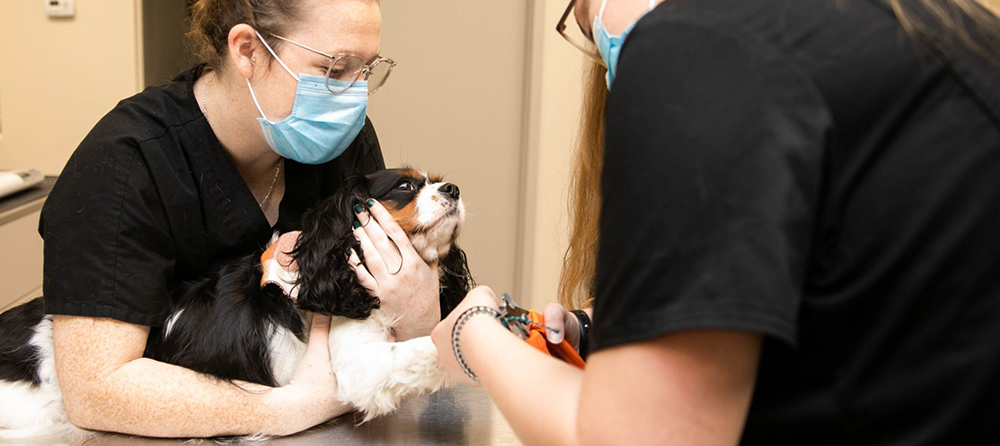Spaying & Neutering


Animal Spaying and Neutering: An Owner’s Guide to Safe Reproductive Management
Your pet is a part of your family. They go on adventures with you. They keep you safe. They take up that special spot at the end of your bed. They also come with a range of responsibilities. Pet ownership is an expensive, time-consuming task, from pet vaccinations to pet dentistry in Philadelphia. One of the most important things you can do for your pet is to get them spayed or neutered. Though it might seem like a minute detail, going through with this procedure for your pet is very important.
What is the difference between spaying and neutering procedures?
Often referred to as getting an animal “fixed,” spaying and neutering consists of creating interference in an animal’s reproductive organs to eliminate the likelihood of producing offspring. Spay services consist of a veterinarian removing an animal’s ovaries and uterus. When the animal’s heat cycle is eliminated, typical breeding behaviors subside, as well. While some spay services involved the removal of an animal’s uterus, others do not. Either spay services procedure is safe or renders an animal incapable of reproduction.
In comparison, neutering an animal involves the removal of both testicles and the associated structures. Also known as castration, dog neutering and cat neutering renders an animal unable to reproduce. Associated breeding behaviors may or may not subside. In opposition to dog neutering, vasectomies are also an option but are seldom chosen.
Why should an owner opt for veterinary intervention via neutering and spay services?
Due to the constant influx of animals into shelters across the country, dog neutering, cat neutering, and spay services are crucial to reducing shelter animal populations. Reducing unwanted litters correlates with a reduction in unwanted pets, thus lowering the number of animals turned over to shelter services.
In addition, having a vet perform spay services or dog neutering/cat neutering can also help avoid pets in your litter(s) from being abused by breeders. A spayed or neutered puppy or kitten is just as important as a spayed or neutered adult animal, if not more so due to the ability to reduce unwanted reproduction or abusive practices by breeders.
Specific health benefits can be generated by veterinary dog neutering, cat neutering, or spaying. The likelihood of developing mammary cancer or pyometra can be greatly reduced by vet spaying.
Dog neutering can also help prevent the development of testicular cancer in male dogs. Dog neutering has also proven effective in changing the temperament of male dogs, making them less aggressive and less likely to stray from home. However, some vet references would agree that other conditions are made more likely through neutering, so this procedure also has some downfalls.
After dog/cat neutering procedures, owners can expect the animal to be a bit out of it for up to a day. The grogginess should eventually wear off and appetite will return, but owners should expect disorientation and queasiness from vet-administered drugs for a while after the procedure. Veterinary care is required for a period after the surgery, until the animal begins to show signs of positive recovery.
Following a cat neutering/spaying, a vet will recommend reduced activity, limited movement, and close monitoring of the animal for at least a week. The veterinarian may want to examine the animal and/or remove stitches later.
